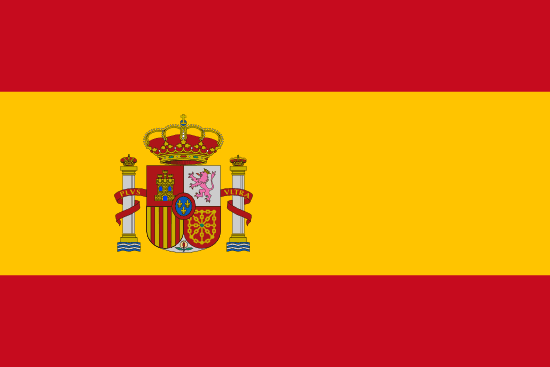"El mar y la montaña se abrazan | The sea and the mountain embrace each other"
About:
Alicante, a city in Spain, was founded by the Romans around the 3rd century BC. It flourished under Muslim rule from the 8th to 13th centuries. Conquered by the Castilians in 1246, it became a major Mediterranean trading station. Alicante suffered during the Spanish Civil War (1936-1939) but recovered post-war. Today, it's a thriving city known for its tourism, industry, and wine production. Despite modernization, it retains historical landmarks like Santa Bárbara Castle and the Old Quarter.
When to visit:
Alicante, located in the southeastern region of Spain, is a popular tourist destination known for its beautiful beaches, vibrant culture, and rich history. The best time to visit Alicante is during the spring and fall months, from April to June and September to November, when the weather is pleasant and the crowds are smaller. Summer, from July to August, is peak tourist season with high temperatures and crowded beaches. Winter, from December to February, is the low season with cooler weather and fewer tourists, making it a good time to explore the city's attractions at a more relaxed pace.
When to avoid:
Traveling to Alicante during the peak summer months of July and August can be challenging due to the scorching heat and large crowds of tourists. These months typically experience extremely high temperatures, often exceeding 90°F (32°C), making outdoor activities uncomfortable and strenuous. Additionally, accommodation prices tend to skyrocket during this time, as demand surges. For a more pleasant experience with milder weather and fewer crowds, it is advisable to avoid visiting Alicante in the height of summer and consider traveling during the shoulder seasons of spring or fall.
Winter (Dec-Feb)
In Alicante, the coldest and wettest period is from December to February. Average highs range from 16-18°C and lows drop to 6-8°C. Rainfall peaks in October and February with around 40mm per month, making the city relatively dry even in its wettest season. Sunlight is reduced to 6 hours a day, with cloud cover increasing. A typical day for a visitor may involve overcast skies and occasional showers, interspersed with sunny spells. Despite the chill, outdoor activities are still possible, with the city's vibrant culture and cuisine providing warmth.
"Summer (June-August)"
In Alicante, Spain, the warmest part of the year is from June to September, with July and August being the peak summer months. During this period, the average high temperatures range from 29°C (84°F) to 31°C (88°F). Nighttime temperatures are also comfortable, falling between 18°C (64°F) and 21°C (70°F).
Rainfall during these months is minimal, with an average of just 10mm in July and August, making it the driest period. The city enjoys an average of 11 to 12 hours of sunlight per day, providing ample time for outdoor activities. The humidity levels are relatively low, ranging from 50% to 60%, which allows for a comfortable heat rather than a muggy or oppressive feel.
Cloudiness is also quite low during these months, with clear or mostly clear conditions prevailing for about 70% of the time. This means you can expect plenty of blue skies and sunshine.
A typical day for a visitor during this period would involve warm, sunny weather with very little chance of rain. The heat is dry and comfortable, perfect for lounging on the beach, exploring the city, or enjoying outdoor dining. The evenings are pleasantly warm, great for leisurely walks or sitting outside. It's advisable to wear light clothing, sunscreen, and stay hydrated due to the high temperatures and long hours of sunlight.
Language:
In Alicante, Spain, the two primary languages spoken are Spanish and Valencian. Spanish, also known as Castilian, is the official language of Spain and is universally understood. Valencian, a variant of Catalan, is co-official in the Valencian Community, which includes Alicante. While Spanish is more commonly used, many locals are bilingual in both languages.




